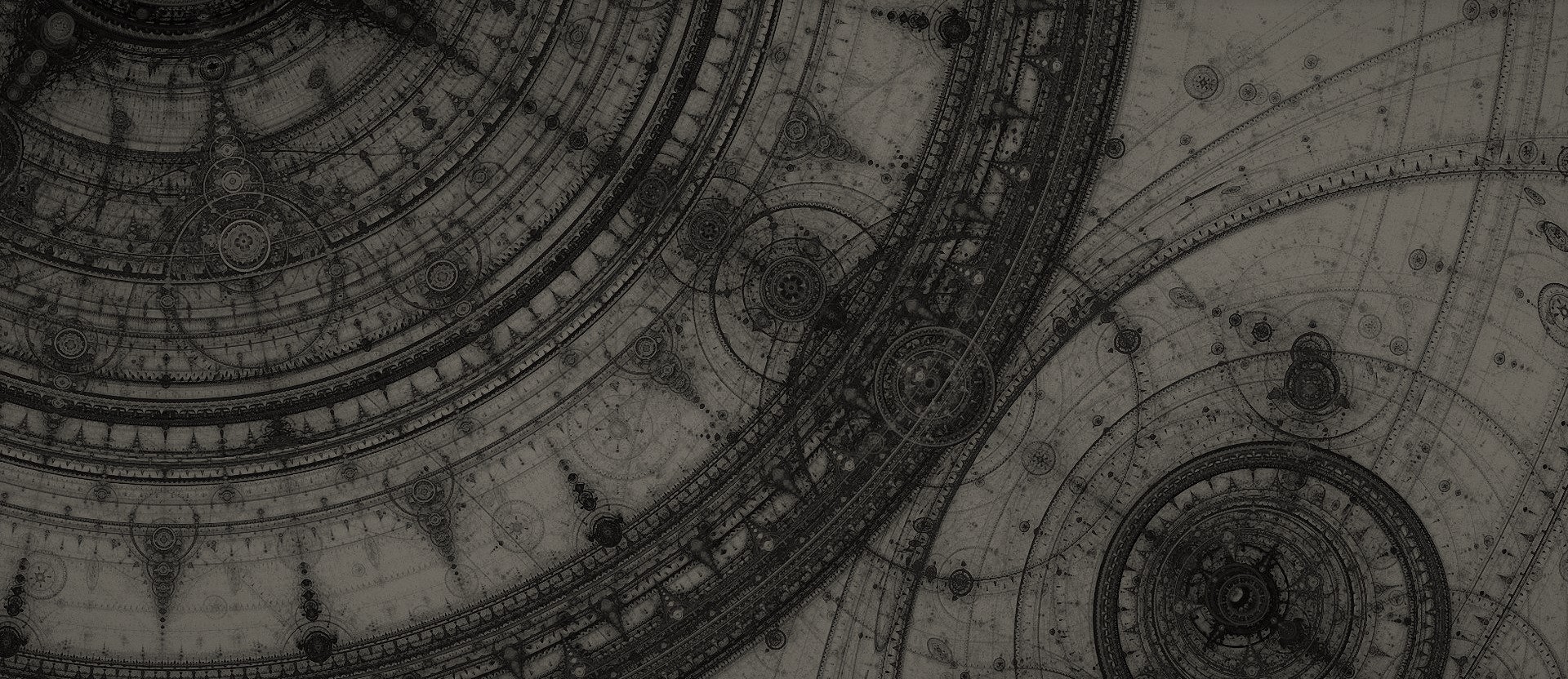Iho Dziskyon
Dziskyons are the elected executive councils which oversee and administer the work the member detshons in-between Assemblies, within the rules of their Dam Yiggan (covenant or charter). Each Dziskyon is left with a governing mandate from the previous Assembly, and straying too far from those mandates is often the cause of an Emergency Convocation. A Dziskyon’s charge is to administer and maintain, not create new laws or rules outside of their mandate. Because of this, they serve as ultimate arbitrators of disputes within the Khyim, and providing direction to the bureaucracy necessary to see that the khyim’s goals are achieved.
Members of the Dziskyon are elected every two years by the last Assembly. Individual members are known simply as a Dzisk (da-zisk, council member), the chair of the Dziskyon is called the Dzisky (da-zis-key, council leader), and the number of members is always odd. Relative to Skabsyal and Dzinma, the Iho Dziskyon is much less active as an independently operating body which oversees established mandates and rules. This is because, generally, the Iho Assembly rarely dissolves early enough for the Dziskyon to operate without their intercession or guidance for very long.
The Assembly and Census in Dzinma Iho
While the assemblies of the Tuquet collectively are renowned for being disagreeable and argumentative, the Iho Assembly is perhaps the most illustrative of this tendency. This is likely due to the high number of doganpas which comprise the khyim, leaving leadership in the hands of a largely academic collective. The Assembly in Iho is an active and robust body, often lasting much longer than the assemblies of other khyims. Unlike the Dzinma or Skabsyal Assemblies, Iho's Assembly rarely dissolves before the term of the most recently elected dziskyon concludes. Still some similar patterns exist - the assembly meets, the dziskyon is elected, the assembly sets mandates, expectations, and provides a check on the dziskyon, and the dziskyon oversees disagreements between doganpas and detshons. However, because the Assembly rarely concludes before the next dziskyon forms, by tradition the dziskyon ends up forming as an administrative committee helping to guide the agenda of the assembly, forming committees within the assembly, and developing initiatives to help direct the work of the broader khyim. After tbeing elected members of the dziskyon organize among themselves to assign committeeships and leadership positions over parts of the Iho Assembly. These individuals report progress to one another in separate meetings, and attempt to set priorities which are then brought back to the assembly for confirmation. Though not always the most efficient form of governance, this structure has largely diminished the need for bramze involvement in their affairs allowing Iho to employ the services of other information detshons to help ease administrative burden. Iho's zhalgrang (census) happens on a roughly two year cycle. Instead of being largely handled by the bramzes, the Yig Nyar Mdzods (archives) is principally responsible for collected and recording updated gigchas from those doganpas and detshons associated with the Iho Assembly and Dziskyon. Yig Nyar is dedicated to the preservation of knowledge - history, Tuquet artificing scripts, methods for cooking bacalapis fruit, they actively preserve all knowledge and make it available without filter. Archivists from Yig Nyar are frequently posted at, and integrated into the work of the Iho's detshons and doganpas. Their work is checked multiple times, and rarely are their determinations of associated members challenged. As done elsewhere in the Conclaves, the zhalgrang is used to determine voting power of delegates at the Iho Assembly, and should Yig Nyar be challenged in their counts, independent enumerators are assigned to re-assess. The Iho Dam Yiggan (covenant or charter) maintains the rule of law for Iho Khyim. Serving as a rough constitution outlining the rights of member institutions, and the citizens within the khyim, Iho's Dam Yiggan tends to be much more philisophical than practical. In Iho, the Assembly and most dziskyon meetings are held at the Yig Nyar Mdzods. Yig Nyar is the only structure in Iho that has been fully built within the mountain peaks Iho Khyim exists within. The mdzods has been built out beautifully, with three branching hallways leading to the central reading hall. It is there, at the center of the mdzods, that a bud of the Nyiamai Khor has been planted and carefully grown over time. Its use is extrememly limited, generally to lighting and basic power needs for the mdzods. The reading hall, when the Iho Assembly is not actively meeting, is used by researchers to review materials they need when seeking others' research, or building their own pe brisma (compiled works). It is precisely because of the reading hall is so central to the lives of so many Tuquet that is used for the assembly, to meet other Tuquet, and is generally the busiest, most bustling place within all of Iho.
Type
Political, Federation
Predecessor Organization
Ruling Organization
Leader Title
Parent Organization
Location
Neighboring Nations
Related Species
Related Ethnicities


Comments